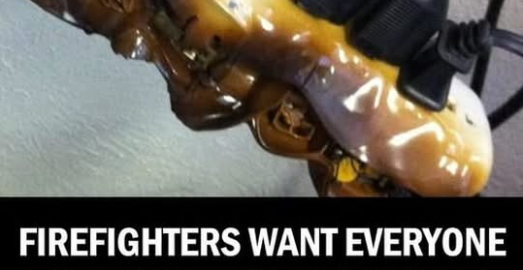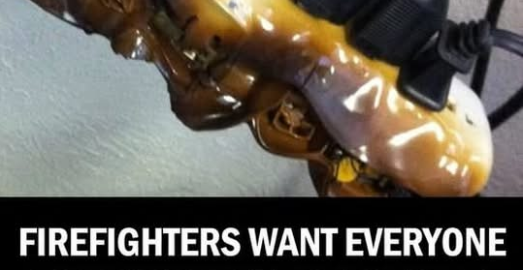In today’s world, electricity is a fundamental part of our daily lives. However, our increasing reliance on electrical devices can sometimes lead to complacency when it comes to safety. To avoid electrical hazards and ensure your home remains safe, it’s essential to be mindful of what you plug into power strips.
High-wattage devices can easily overload power strips, posing a significant fire risk. Before plugging in any device, always check the power strip’s capacity to ensure it can handle the load. Here are nine appliances that should never be plugged into a power strip:

Ovens, for instance, require a dedicated outlet due to their high power consumption. Similarly, refrigerators need a separate outlet to handle their frequent cycling and energy demands. Heaters, too, should be plugged directly into a wall socket to avoid overheating and potential fires.
Microwaves and coffee makers also require direct connection to avoid overloading power strips. Toasters, with their high energy usage, should be plugged directly into a wall socket. Additionally, never connect one power strip to another, as this violates safety codes.
When it comes to electronics like computers, TVs, and routers, use power strips with surge protection to prevent damage from power surges. By being mindful of what you plug into power strips, you can significantly reduce the risk of electrical hazards and ensure your home remains safe and secure.


